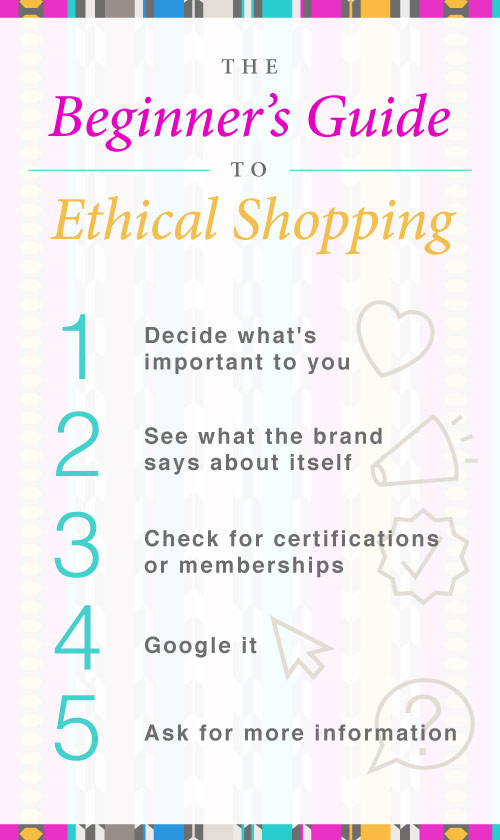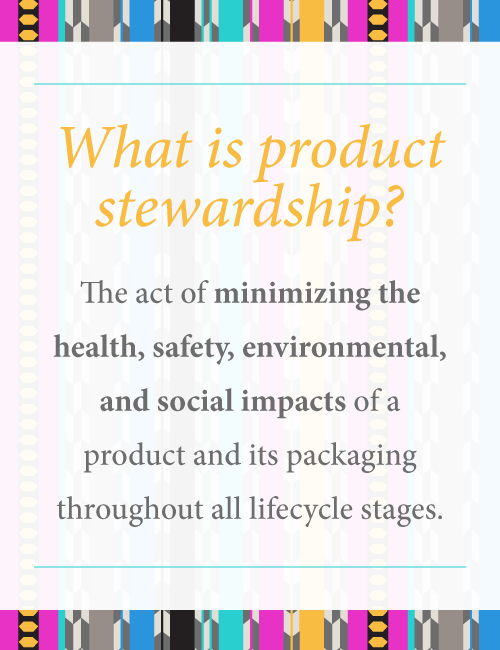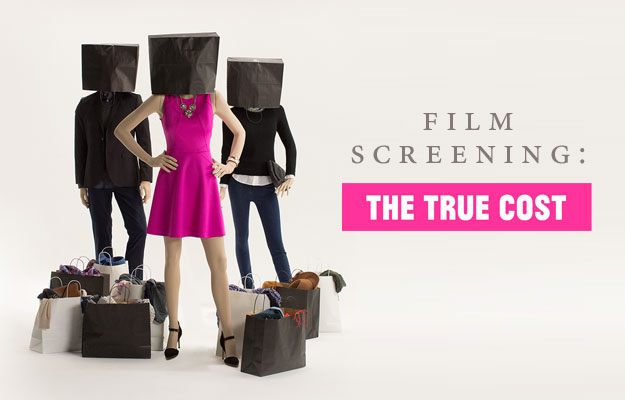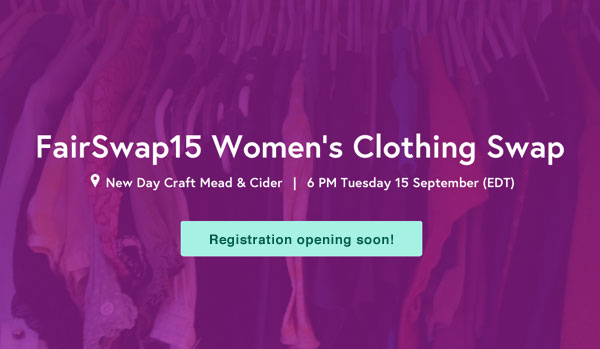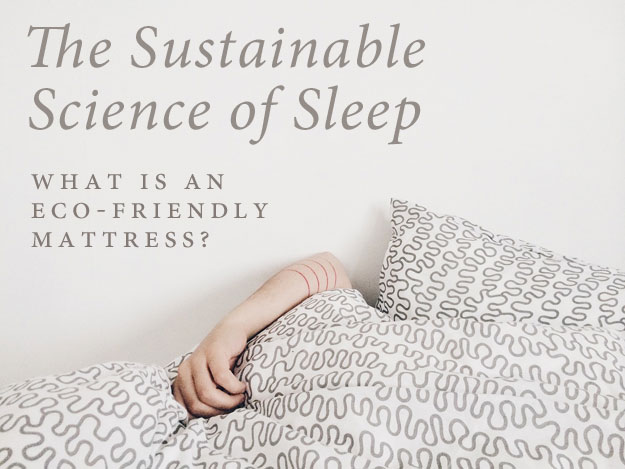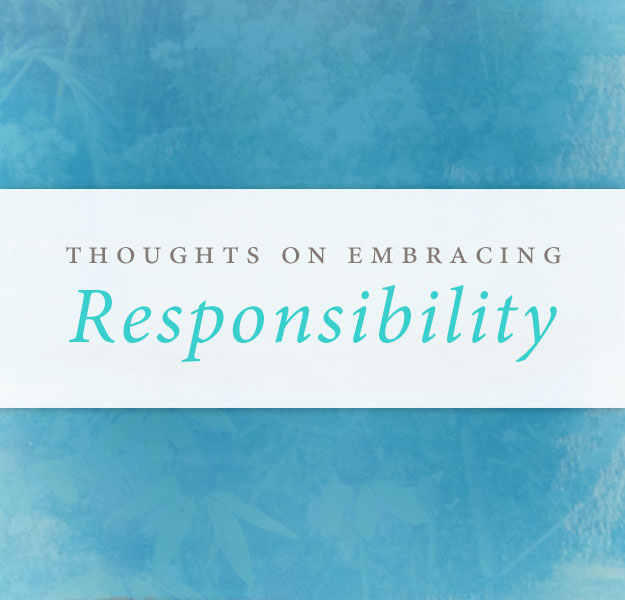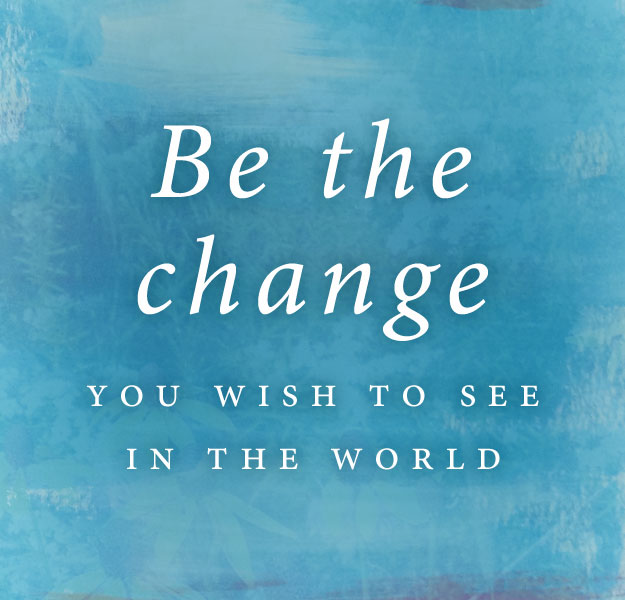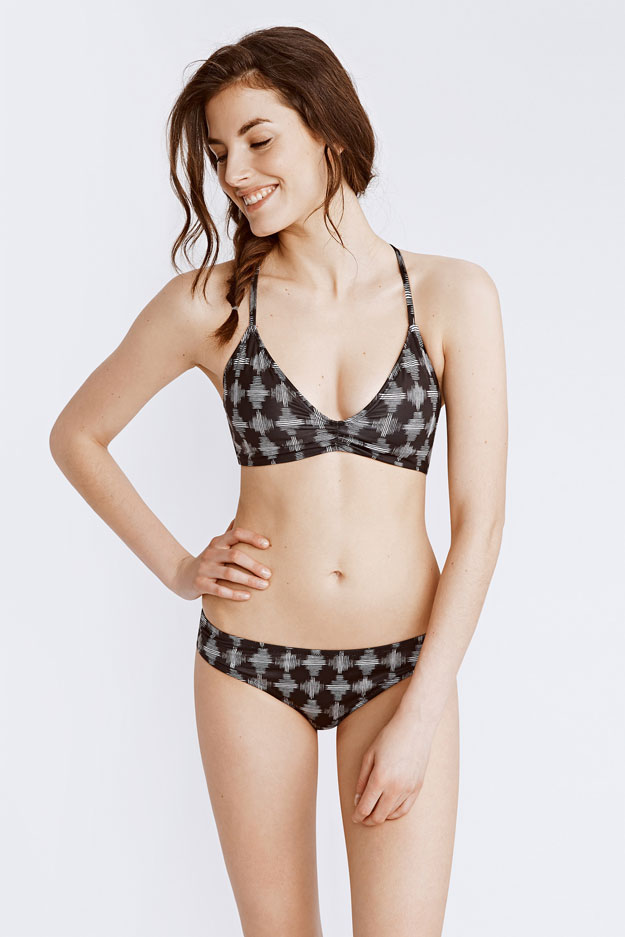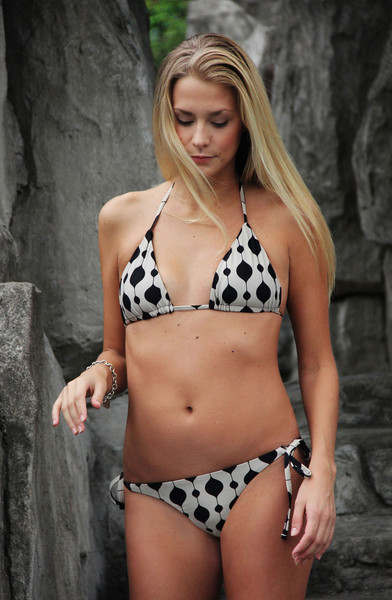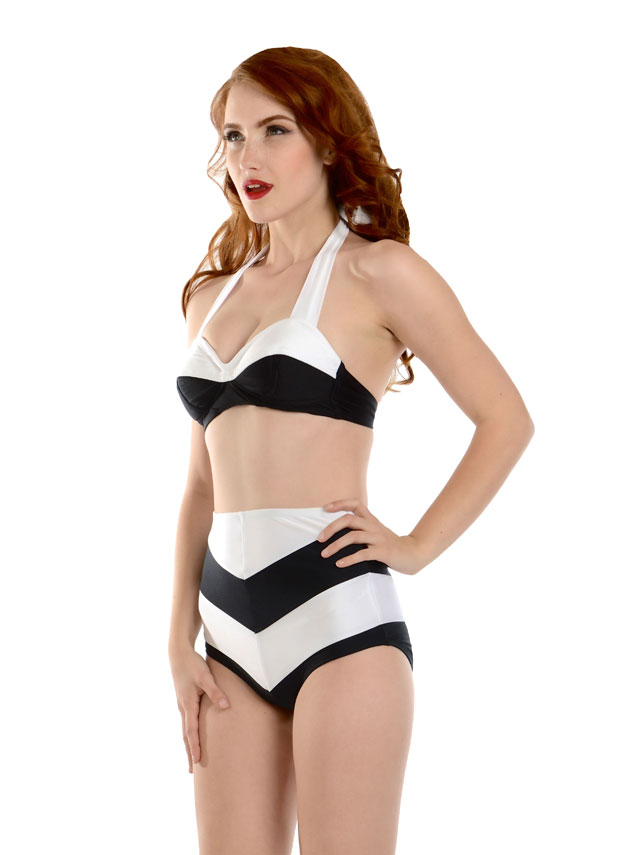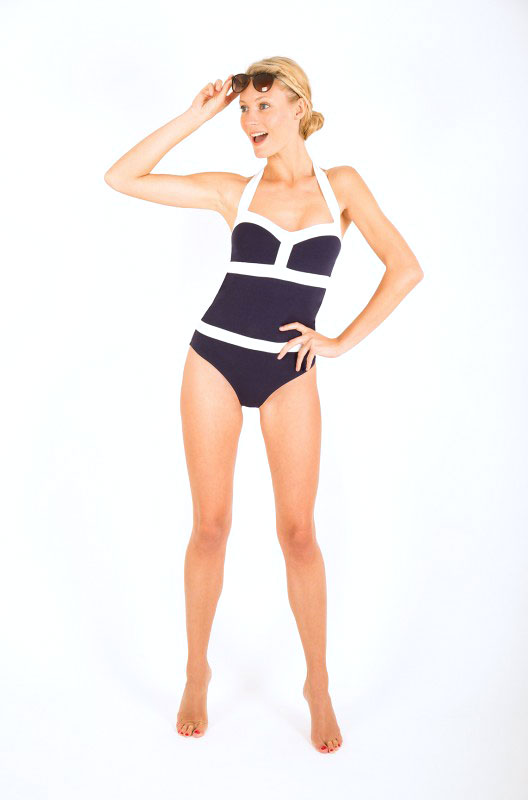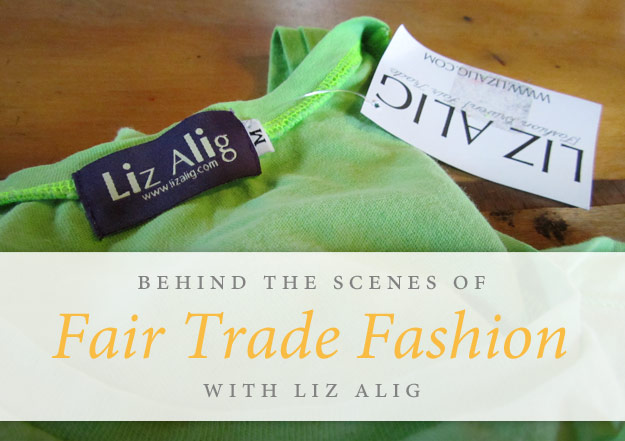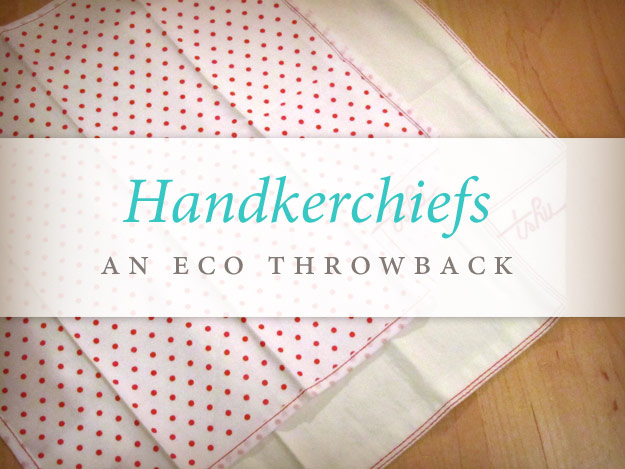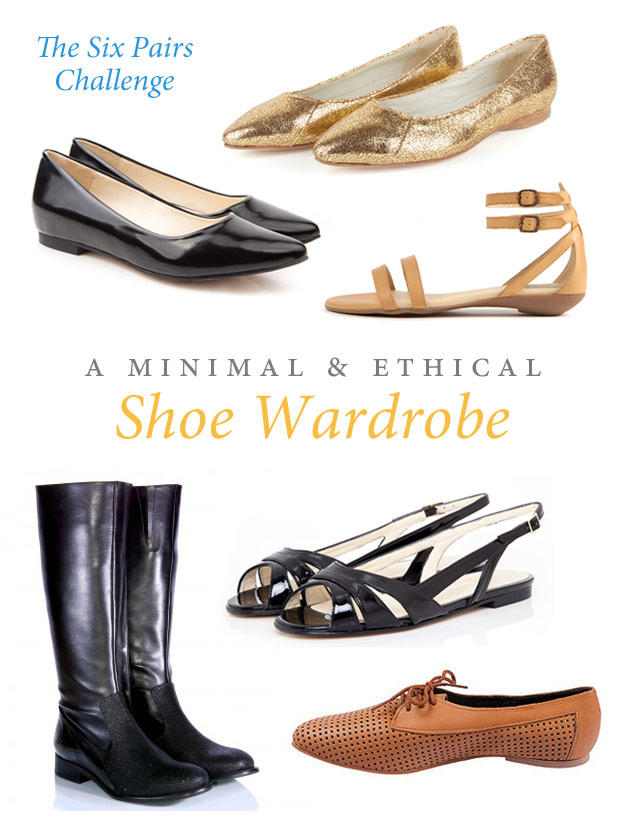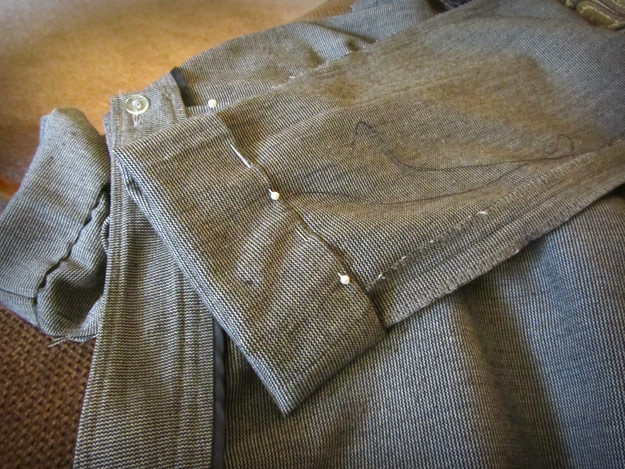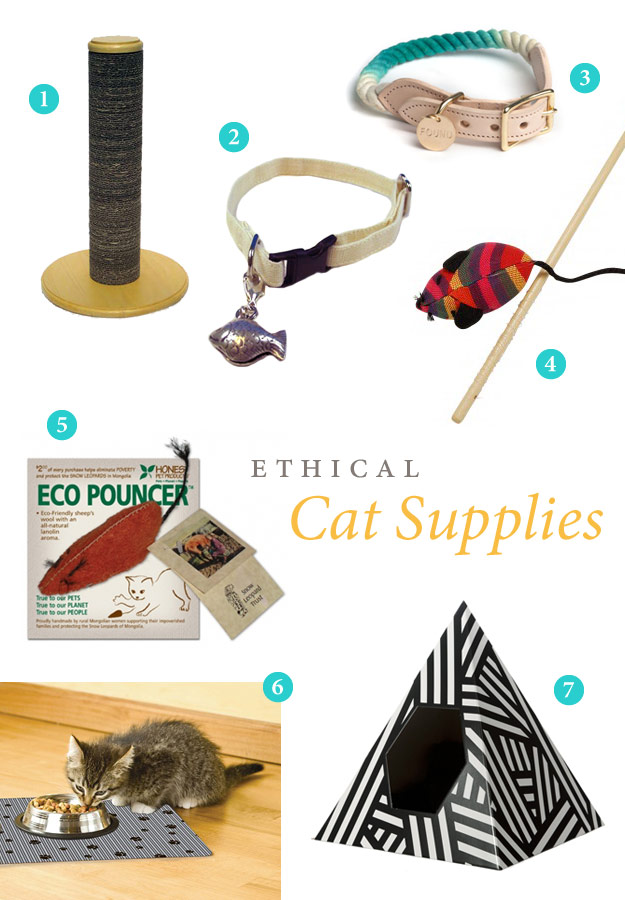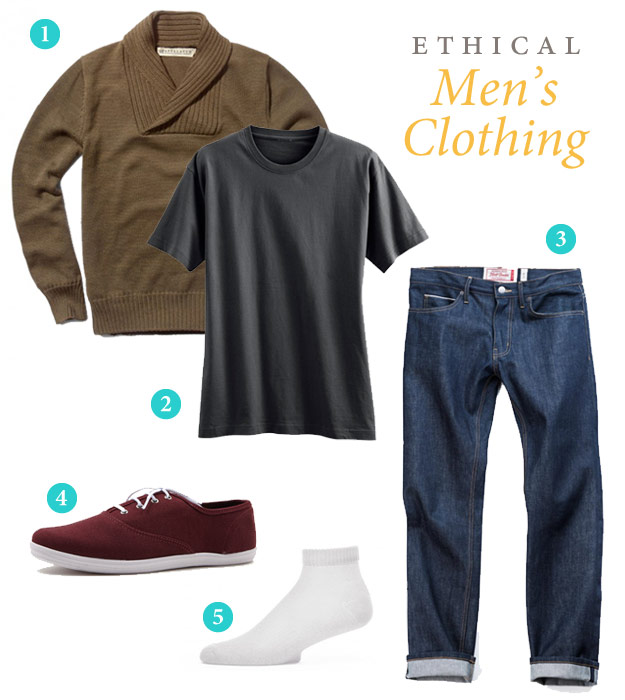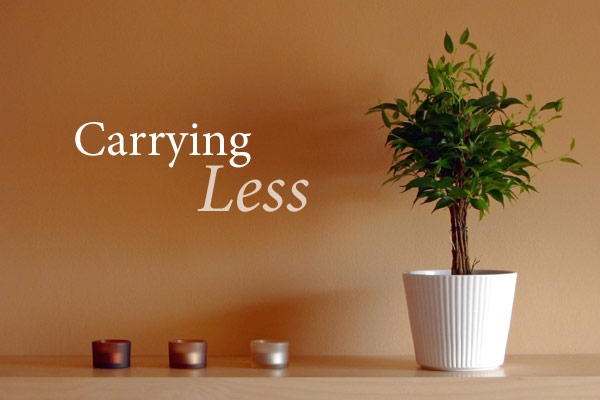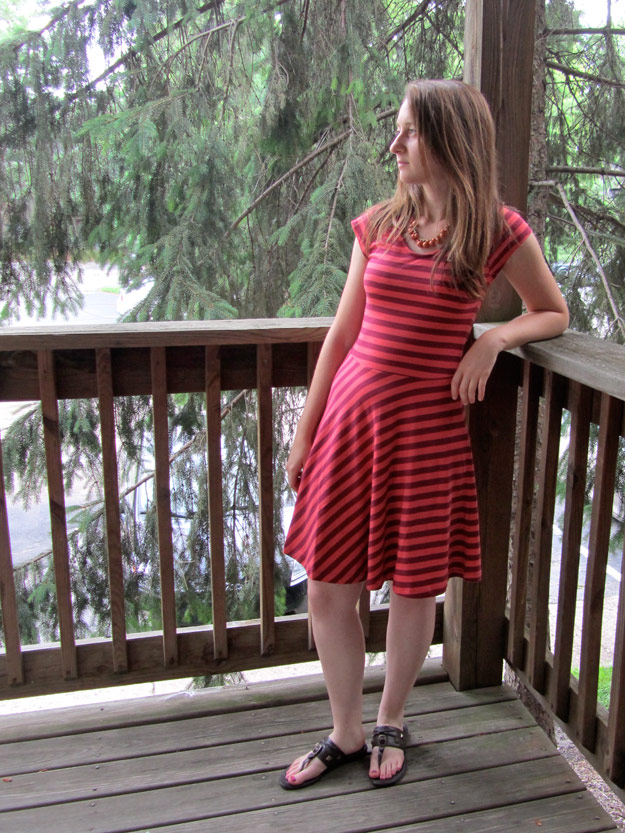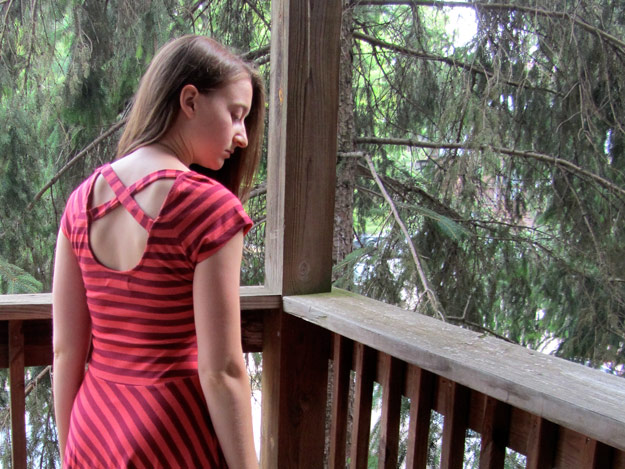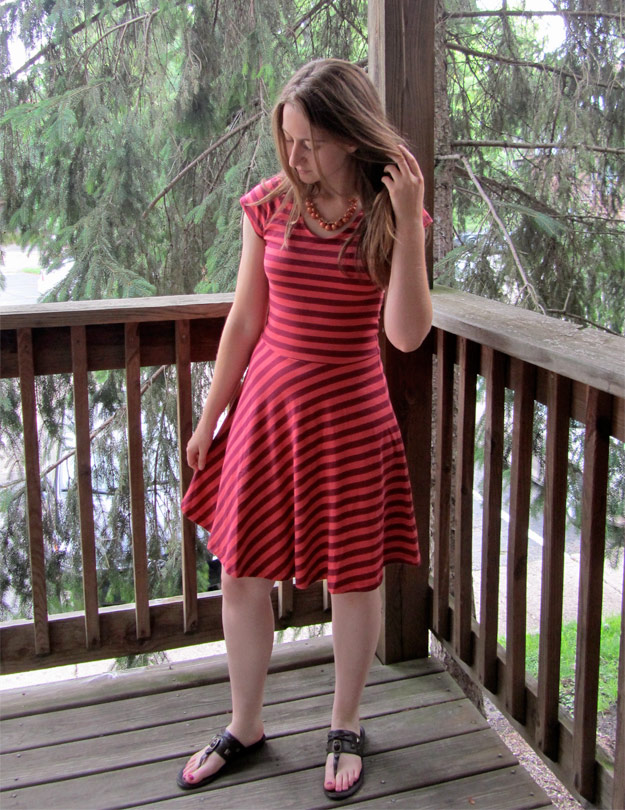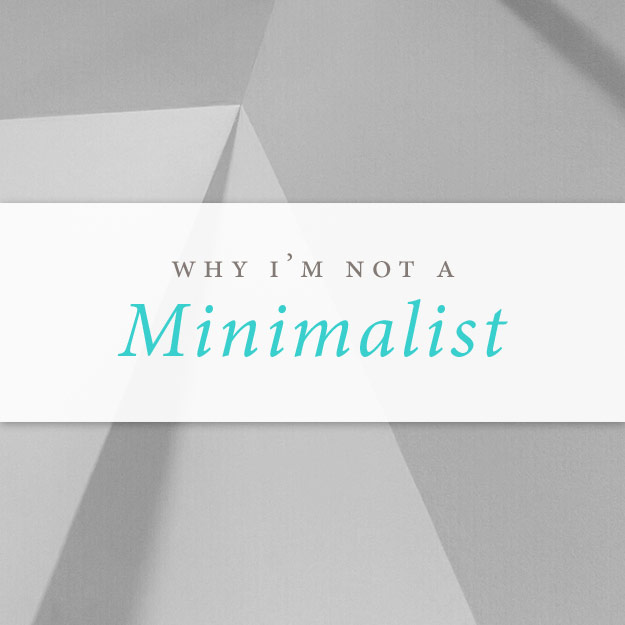Product Review: Fair Trade Crossbody Purse
When I attended the Fair Trade Federation conference back in the spring of 2014, one of the booths that caught my attention was Manos Zapotecas. Their bags are a gorgeous combination of native textiles and leather and immediately made me want to go on a very sophisticated hike over desert steppes. I walked past their booth again and again just to ogle them.
Recently I got in touch with Hannah Aronowitz of Manos Zapotecas to learn more about the process of making their beautiful bags, and she also lent me their Luisa crossbody purse to review.
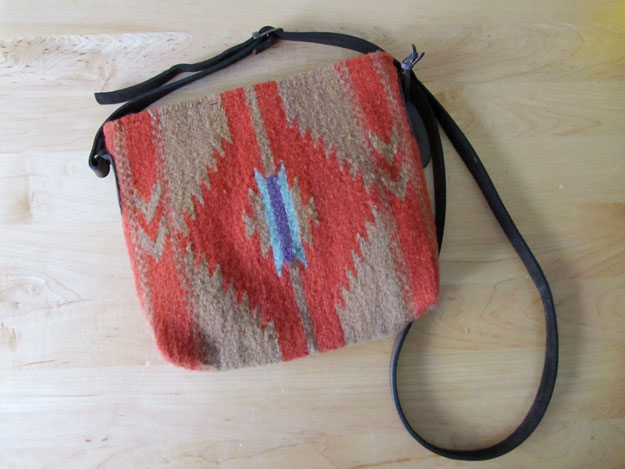
The Luisa purse in Adobe & Earth
Fair for All: Describe the process of making a Manos Zapotecas bag.
Hannah Aronowitz: All Manos Zapotecas bags are handmade according to time-honored traditions by Zapotec weavers in Teotitlán del Valle, Oaxaca, Mexico.
Our weavers are also the designers of the beautiful patterns found on all of our bags. Many are the traditional Zapotec designs while others are modern interpretations of their tribal patterns or even abstract expressions. Our Style Coordinator works closely with the weavers to discuss colors for seasonal lines and each designer gets a chance to draw up their designs on paper, and then produce a sample. We offer feedback throughout the design process and choose the best samples to be made into Manos Zapotecas bags.
Manos Zapotecas weavers use bi-peddle treadle looms and preparing the loom to weave is an intensive process unto itself. A completed woven piece is called a tapete, or woolen tapestry. Most traditionally used as rugs, Manos Zapotecas utilizes these small tapetes to make into bags.
The next step is to sew the tapetes into the shape of the bag it will become. It is then sent to a dedicated leatherworker in a nearby town who adds the leather handles and base, siding or fringe, depending on the model. The bag is returned to the weaver so they can sew in the zipper and lining and make sure the bag is in perfect condition to ship out.
This video goes through this process as explained by two of our weavers.
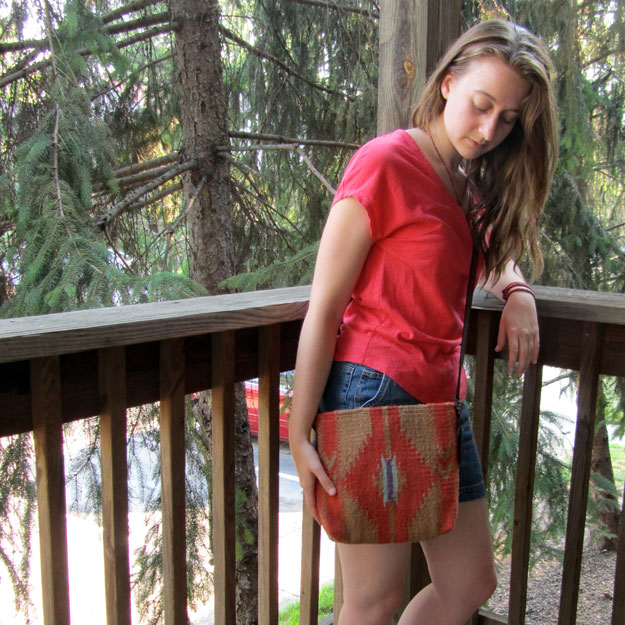
How did Manos Zapotecas get connected with the artisans who produce the bags? Why did you choose to work in the Zapotec community specifically?
In 2009, Manos Zapotecas founder Shelly Tennyson was volunteering with a microfinance non-profit in the small Zapotec village of Teotitlán del Valle in the state of Oaxaca, Mexico. She was offering business classes to the female loan recipients, many of who were weavers. Shelley realized that no matter how exquisite the product, or how savvy their business skills, without buyers, these hardworking and skilled artisans were not being able to support themselves or their families adequately.
Three years later, Manos Zapotecas was borne out of a belief that commerce can, and should, change lives for the better. What began as a wild idea to sell Zapotec bags globally, in a village where most of the women hadn’t even left the state, has grown into a fair trade fashion brand that is run by a team of five women in the US and supports over 50 weavers in Oaxaca. The purpose of Manos Zapotecas is to perpetuate the beautiful traditions and improve the lives of the Zapotec artisans by connecting them with socially conscious consumers around the globe.
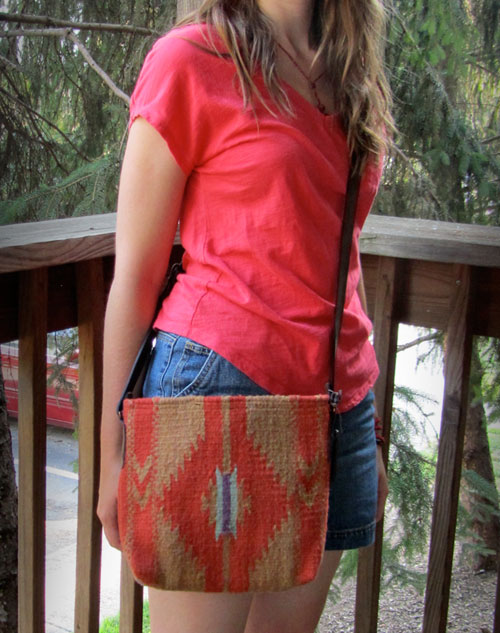
Cropped to eliminate major RBF in this photo
Can you describe the natural dyes that are used in some of the bags?
Some weaving families still use natural dyes, the knowledge of which is passed down from generation to generation. These dyes are concocted from a variety of plant, animal and mineral sources, such as nuts and flowers, cochineal bugs and indigo. Other families prefer the more vivid colors produced by aniline dyes. For either method, the yarn is boiled with the dye, a fixative (such as lime juice) is added and then the skeins of colored yarn are hung to dry in the sun.
Where does the wool for the bags come from, and where are the metal and leather components of the bags produced? Do these producers follow humane and sustainable practices?
The 100% sheep’s wool comes from Puebla, Mexico, the leather from Leon, Mexico and the hardware from Mexico City. Because we don’t have the capability to visit these sources at the moment we don’t want to make any claims in terms of sustainability. Our weavers and tanners have built strong relationships with their suppliers, some have been working together for the last 30 years. We at MZ place high value on those current relationships and for now the artisans continue to source their own supplies.
I love that the meanings behind the traditional Zapotec designs are on the Manos Zapotecas website. Which pattern is your favorite and why?
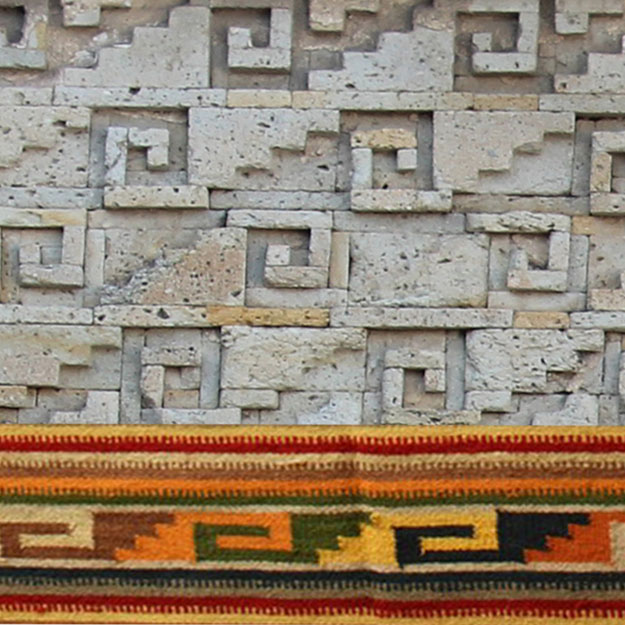
Grecas pattern
This pattern, called grecas, mimics the mosaic fretwork that is found spectacularly preserved at the ancient Zapotec religious center of Mitla. This geometric spiral represents the life cycle, according to the Zapotec worldview. Each step represents a stage of life, beginning at birth, moving on through youth, maturity and then decay, followed by the other world. It is a powerful symbol that is often repeated in MZ bags.
Is Manos Zapotecas a member of any fair trade organizations?
Yes! We are a proud member of the Fair Trade Federation, which means that we abide by a set of guiding principles which ensures that the artisans are getting the fair pay, support and safe work conditions they deserve. Making these kinds of business decisions comes second nature to a company that values the humans behind the products higher than the profits themselves. We see business as a means to improve lives, not just to line pockets.
What’s next for Manos Zapotecas?
We are very excited to launch our Fall 2015 Collection this September, which is comprised of about 25 new bags in a perfect fall palette. Also, we are looking forward to adding men’s products to our line in the coming year.
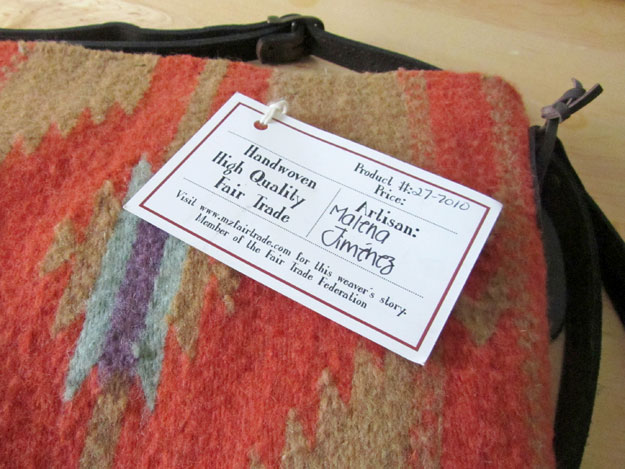
My favorite thing about this purse was the hand-signed tag from the artisan who produced it. After watching videos about the process on the Manos Zapotecas website, I was inspired by the craft and creativity of the weavers and I’m so glad they are able to preserve their tradition. Scrolling through their online store is like perusing a gallery of abstract art.
The bag is a great size for everyday and has a convenient adjustable strap. It’s biggest downside is that there’s only one interior pocket. The lining could also be made of sturdier fabric to help the pocket hold its shape.
While I like the Adobe & Earth pattern on the bag I tried, if I was going to order a bag to keep permanently, I would choose one of the more colorful made-to-order designs like the Sunburst Sky or Dark Arrows. In my dream world I would also have the Mitla duffel bag.
Thanks to Hannah for giving us a behind-the-scenes look at the Manos Zapotecas process!
Disclosure: Manos Zapotecas temporarily lent me the Luisa purse to review. All opinions are my own.

